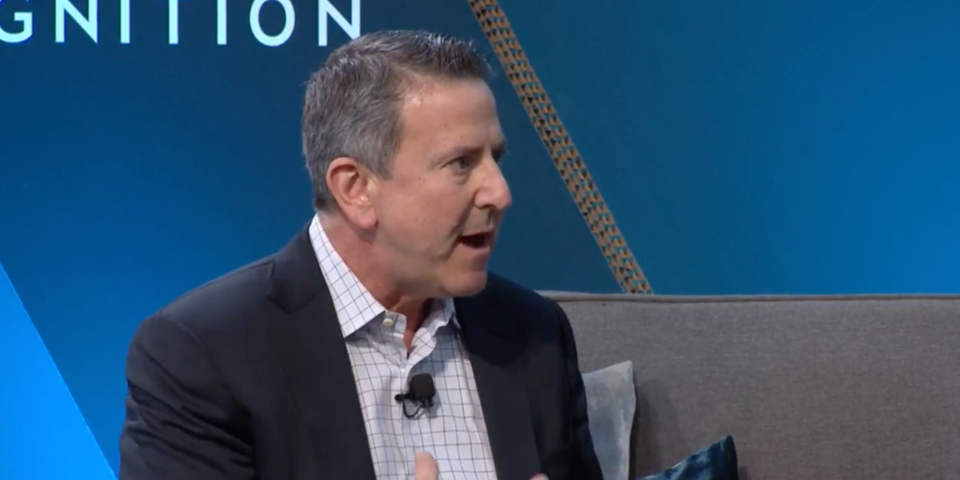
This story was delivered to Business Insider Intelligence “E-Commerce Briefing” subscribers hours before appearing on Business Insider. To be the first to know, please click here.
At the National Retail Federation’s (NRF) annual Big Show, Business Insider Intelligence analysts in attendance saw firsthand how retailers and their technology partners are looking to revolutionize stores and maximize their value.
Business Insider Intelligence
Speaking at the Big Show, Recode Cofounder Kara Swisher suggested that retail may be entirely delivered in the future, squeezing stores out of the picture. She noted that the stores that continue to exist and thrive will need to be creative, experiential, and completely understanding of consumers. A number of players at the show set out to demonstrate how they can help stores embody those characteristics:
- Retailers are using stores to fulfill orders in a variety of ways. Target CEO Brian Cornell took the stage and noted that Target’s stores have given it a network of thousands of fulfillment centers, allowing it to bolster its e-commerce capabilities. This paid off particularly well this holiday season, as three out of every four digital orders were fulfilled by a store; some were picked up in-store or curbside by consumers, while others were picked and packed by in-store employees for delivery. This is part of why Cornell cited the company’s stores as its biggest competitive advantage, and also why Target was able to offer the most accessible and convenient shipping options this holiday season, propelling it to a stellar holiday performance.
- Some are looking to open cashierless ” NanoStores” that create new format opportunities. AiFi’s NanoStores are small physical stores that use cameras and other technologies to allow consumers to grab what they want and leave without physically checking out. The NanoStores’ small and modular nature gives them a variety of potential uses, like outposts at transit hubs or small versions of stores meant for popular or seasonal products that can be deployed inside or just outside of stores for consumers wanting to make quick purchases. The first locations are set to open in the first half of 2019, and approximately 100 more are planned to open with various partners eventually.
- Stores are employing cameras and analytics to get the data they need to understand consumers. RetailNext works with retailers to deploy cameras to capture data on in-store traffic, engagement, and other information for specific features. This can help e-tailers better understand their stores’ performances and consumers’ needs. The company has partnered with companies like Allbirds and UNTUCKit, which primarily focused on e-commerce in the past but now have a few stores, providing these retailers with data that could help them build stores that’ll be better set up for modern retail.
These technologies and initiatives have the potential to increase stores’ value and maintain brick-and-mortar’s status as a key part of retail. While many stores have closed recently, the overall number of retail stores in North America was on an upward trend as of late 2018, so brick-and-mortar may never have been truly dying. But physical retail still needs to improve its performance as e-commerce grows, and techniques like those displayed at the Big Show can help.

